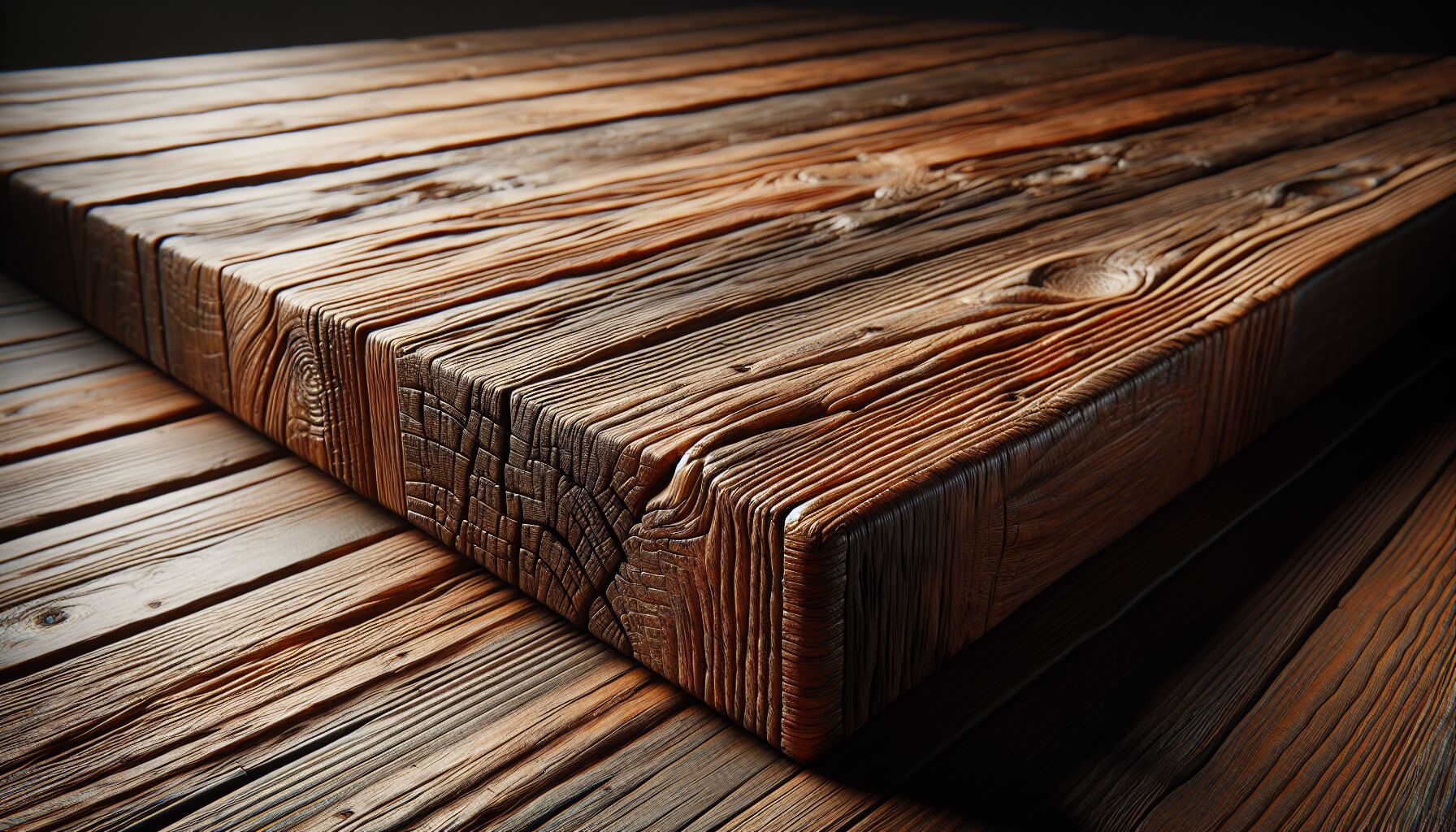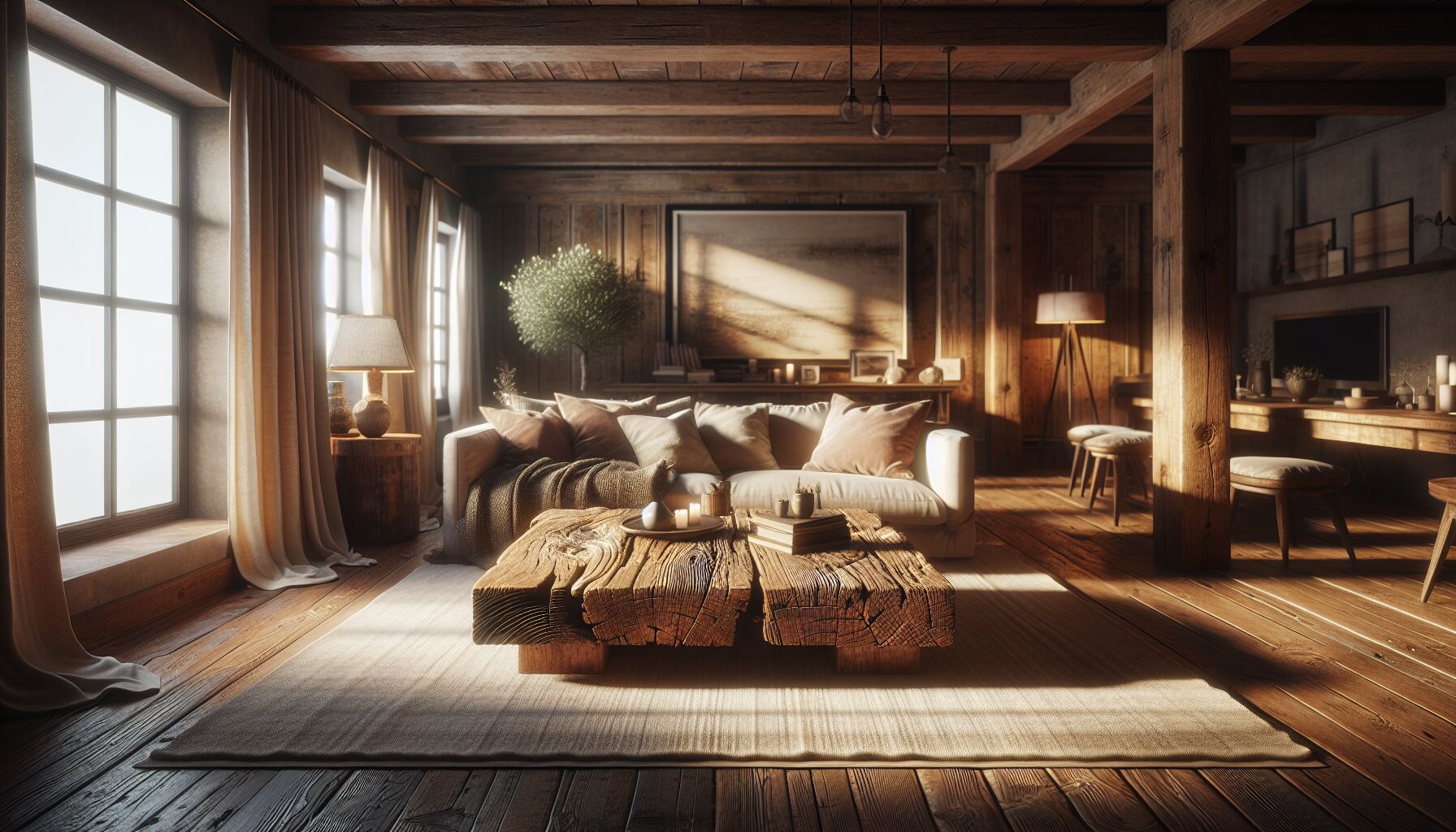 In the vast tapestry of homebuilding, stretching from the sprawling cityscapes to the serene country lanes, there’s an undercurrent often overlooked — the remarkable cost-effectiveness of using reclaimed materials. Imagine for a moment walking through a field of possibilities where every piece of wood, every brick, tells a story. That’s the world of reclaimed materials. These materials aren’t just about saving a buck; they’re about weaving history into the fabric of your home, adding layers of character and depth that contemporary materials simply often lack.
In the vast tapestry of homebuilding, stretching from the sprawling cityscapes to the serene country lanes, there’s an undercurrent often overlooked — the remarkable cost-effectiveness of using reclaimed materials. Imagine for a moment walking through a field of possibilities where every piece of wood, every brick, tells a story. That’s the world of reclaimed materials. These materials aren’t just about saving a buck; they’re about weaving history into the fabric of your home, adding layers of character and depth that contemporary materials simply often lack.
Let’s talk numbers, something most of us can’t ignore. When it comes to the dollars and cents of homebuilding, reclaimed or salvaged materials frequently come at a fraction of the cost of their new counterparts. Why pay for a brand new beam when you could acquire one that holds decades of tales within its grain for half the price? It’s like choosing a well-loved novel over a fresh-from-the-press blockbuster — richer in nuance and just as valuable. And in these times when everyone seems to be racing against the clock, finding ways to cut costs without sacrificing quality can feel like finding a hidden chest of treasures.
No waste, just a saving grace, right? Well, there’s more. We can’t turn a blind eye to DIY enthusiasts who, armed with determination and a dash of creativity, find reclaimed materials perfect for their ventures. Whether it’s converting old windows into charming garden embellishments or utilizing barn wood to fashion rustic tabletops, the marriage of DIY home projects and reclaimed materials is both economical and artistically satisfying.
But here’s the thing — it’s not just about pinching pennies. Reclaimed materials funnel you into the groove of sustainable construction, a path less traveled but infinitely rewarding. When you choose to incorporate these bygone pieces, you’re contributing to a cycle of renewal rather than consumption. Buildings hold energy; they resonate with the past. Unlocking this energy in a conscious way ties beautifully with the gentle whispers of sustainable living.
The sage wisdom of the past echoes in our bones — like the words of Frank Lloyd Wright, who realized, “Mother art is architecture. Without an architecture of our own, we have no soul of our own civilization.” Reclaimed materials provide just that — a soulful, distinct architecture.
Ultimately, as you stand amid this sea of choices, consider not just the monetary savings but the soulful savings — for the Earth, for our history, and for the essence of your dwelling. After all, in a world where the next big thing is often a mere trend, let’s not forget the value of what already stood the test of time.
Environmental impact and sustainability
Whenever we talk of building homes, the choices we make ripple far beyond our personal spaces. Opting for reclaimed materials isn’t just a nod to thrifty building — it’s a shift toward a more sustainable existence. Here’s the thing: the world we live in is thirsty for resources, and by choosing to recycle what we already have, we’re quenching that thirst, one plank or brick at a time.
Picture this: every time you decide to use reclaimed or salvaged materials, you’re cutting down on the need for new resources. It feels like a breath of fresh air, doesn’t it? You’re actively reducing the demand for logging, mining, and manufacturing. This means less deforestation, less pollution, and fewer carbon emissions. It’s a win-win for both you and Mother Earth.
Speaking of sustainability, ever noticed how nature operates in cycles? The leaves fall, they decompose, and they nourish the soil for new growth. By using salvaged materials, we’re mimicking that natural cycle. We take what’s been discarded and breathe new life into it, allowing it to have another chapter in its story. There’s something beautifully poetic about reimagining the past while nurturing the future, all with the simple act of choosing what’s already here.
Now, let’s weave a metaphor. Consider the earth like a canvas. With reclaimed materials, each piece you use is like adding a stroke of history and character that’s unique to your home’s painting. Your neighbors might have the same structure, but no one will have the same soul. Isn’t that incredible?
Feel like diving headfirst into a project? Reclaimed materials are gold for DIY home projects. You don’t have to be a seasoned carpenter to take a deep dive into creating a reclaimed wood coffee table or a statement wall with charming old bricks. It’s fun, it’s fulfilling, and it brings out the creator in you. Plus, it’s an opportunity to educate ourselves and others on sustainable construction practices — a small, personal revolution that sparks broader change.
Let’s give a shout-out to the pioneers of sustainability. Buckminster Fuller once envisioned a world where living environments were designed with far less waste. Tapping into that vision while building your sanctuary nudges society toward balance with nature.
Need proof? Go ahead and check the data on sustainability from credible sources like the U.S. Department of Energy. The statistics paint a clear picture: reducing material waste and energy consumption is crucial for our shared planet’s future.
So as you stand amidst tools and blueprints, remember, every thoughtful action you take moves us a bit closer to a harmonious existence. What you build today can be a legacy for generations tomorrow. Isn’t it comforting to know that your home could stand as a testament to mindful choices and timeless wisdom? Keep pondering these thoughts as you select each beautiful, reclaimed piece for your dwelling.
Enhancing home aesthetics and uniqueness
 Picture yourself stepping into a home that radiates character and charm with every corner you turn. This is the heart of using salvaged materials: crafting a space that’s not just a house but a story told through wood, bricks, and stone worn beautifully by time. We all crave something unique, don’t we? With reclaimed materials, you create a canvas unlike any other, allowing your home to whisper its tales of the past.
Picture yourself stepping into a home that radiates character and charm with every corner you turn. This is the heart of using salvaged materials: crafting a space that’s not just a house but a story told through wood, bricks, and stone worn beautifully by time. We all crave something unique, don’t we? With reclaimed materials, you create a canvas unlike any other, allowing your home to whisper its tales of the past.
Imagine walking across floors made from the beams of an old barn — the warmth and rustic beauty beneath your feet serving as a testament to resilience and history. This isn’t just aesthetics; it’s breathing new life into something old, much like how nature revives itself with each passing season. The beauty lies in the imperfections — the slight knot in the wood, the uneven texture of the stone — each detail holding its own memory, contributing to that distinct sense of place that only your home can have.
Think about the freedom this gives you in design. Incorporating salvaged materials means breaking free from the uniformity that mass-produced products often bring. Your home becomes a tapestry of personal expression, an artful mix of what once was and what now is. It’s like blending vintage melodies with new rhythms — creating a harmony that’s both familiar yet thrillingly new.
Speaking of the creative process, have you ever tried your hand at DIY home projects? It’s about tapping into your inner artisan, crafting a custom piece like a reclaimed wood coffee table or that statement wall covered in eclectic antique tiles. Such pursuits are more than just weekend hobbies; they’re pathways to deeper understanding, connecting us to the materials we use and the environments we inhabit. Every piece tells a story, every nail holds a memory.
And the benefits extend beyond just aesthetics. Opting for reclaimed elements contributes to sustainable construction practices. Without delving deep into technical jargon, let’s just say using what’s already available reduces demand for new resources, lightening the load on our planet. That’s a choice that’s both beautiful and responsible.
Picture your home becoming a conversation piece. Friends and family will marvel — “Where’d you find that?” and “I love this!” ripple through the room as you gather for gatherings, making memories amidst remnants of history. It’s not just about standing out; it’s about standing strong in your values, showcasing a commitment to beauty, sustainability, and introspection.
To sum it up, incorporating reclaimed materials in home building isn’t merely about construction. It’s about creation, reflection, and legacy. You’re building not just walls, but a living, breathing testament to mindful living. Isn’t there something profoundly satisfying about knowing that your sanctuary is as unique as your journey? As you ponder these thoughts, keep in mind — your home is your canvas, so paint it with the colors of the past and the hues of hope.
 DS Haven In Light Of Things
DS Haven In Light Of Things





